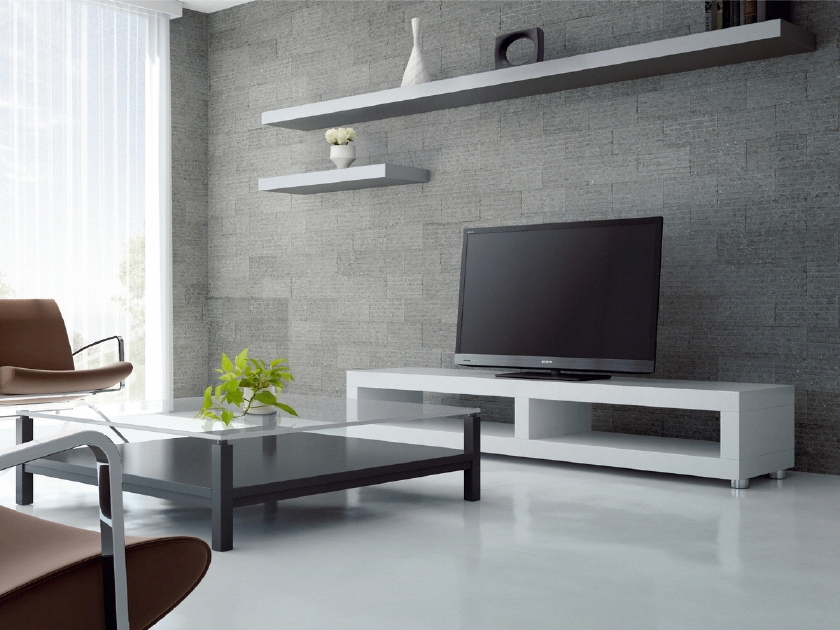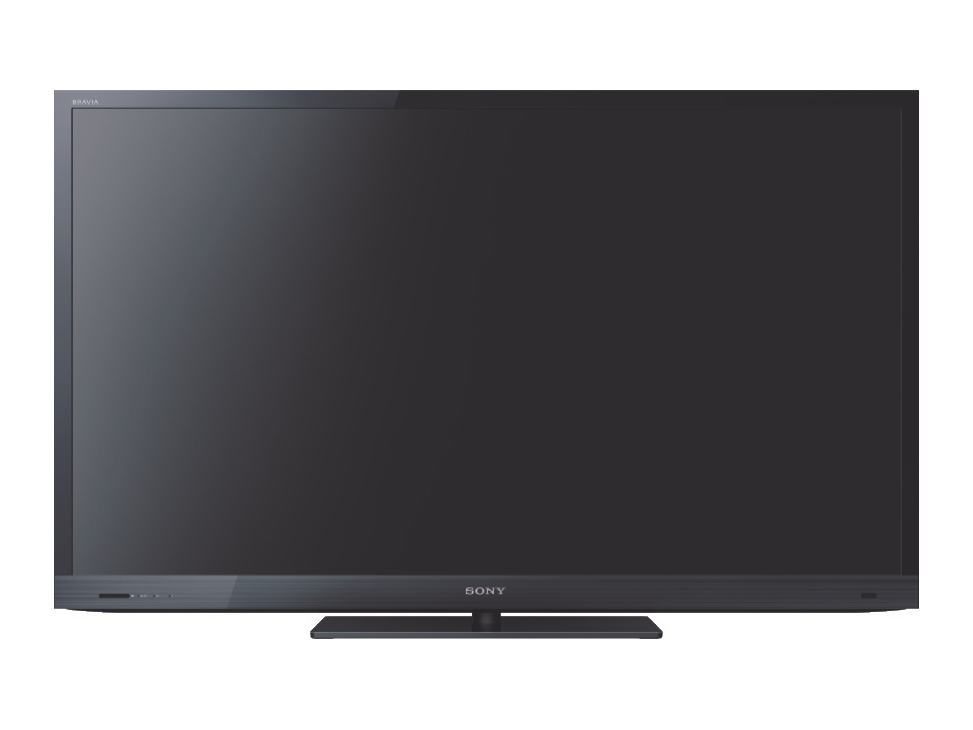Why you can trust TechRadar

The 32EX723 is very well specified indeed for what's ostensibly a mid-range model. Clearly the highlight – especially as it's still quite rare on 32-inch TVs – is its active 3D playback. The transmitter is built-in too; there's no need to purchase an optional £50 external 3D transmitter like there was with some of Sony's 2010 range.
However, you don't get any Sony 3D glasses included for free. Sony's new TDG-BR200 models, with their rechargeable batteries and lightweight design, will likely set you back around £100 a pair. This could make the 32EX723 a more expensive proposition than its £750 basic price if you've got a 3D-loving family to cater for, especially with glasses-free 3D technology growing.
As you might expect of a TV with online services, the 32EX723 is chock full of connections. There's the LAN port for accessing the online Bravia Internet video service and for file streaming from networked DLNA PCs. You can make the TV Wi-Fi ready by adding an optional extra USB dongle, too.
Other USB functionality includes playback of video, photo and music files from USB storage devices, and the ability to record from the integrated Freeview HD tuner to USB HDDs. The increasingly inevitable four HDMI outputs (one on the side, three on the rear) are on hand for HD video duties, alongside a D-Sub PC port and an optical digital audio output.
Sony's latest online services available in the 32EX723 boast a new, generally improved interface, discussed in the Ease of use section. Also intriguing are its new video and music search utilities. The first of these searches an online database for any programme name, cast or crew member you type in. The music search tool is even cooler – just press the remote control's TrackID button when a piece of music is playing in a film or TV show, and the engine will find information on the track.
It would be easy to be sceptical about this feature. But it works mind-bogglingly well, managing to detect that Homes Under The Hammer was playing a short excerpt of the opening piano section of The Feeling's Rosé while one of the presenters was waffling on over the top of it. Geek heaven!

There's also a decently flexible new open internet browser on board the 32EX723, though it doesn't support embedded video playback. The most interesting thing about Sony's Bravia Internet video service is that it hasn't changed that much. Other brands have taken a smartphone-style apps approach lately, but Sony continues to focus on video and music.
Sign up for breaking news, reviews, opinion, top tech deals, and more.
Sony's approach feels logical. As noted in the Samsung UE46D7000 review, the only online TV service offerings that feel useful are those that fit most closely with what you normally use a TV for – namely, watching video. Many other apps just feel like unnecessary clutter.
The on-screen instruction manual on the 32EX723 does mention a Bravia Widgets feature, however, but we couldn't get this to work on our review model.
Video content already available features services including BBC iPlayer, Sky News, LoveFilm, Sony Entertainment Television, EuroSport, YouTube and DailyMotion. Non-video online services include Picasa, Moshcam for music concerts and the National Public Radio server for finding podcasts. It will also support Skype if you add a voice control camera and microphone, but again, we couldn't find this during our test.
While Bravia Internet video might not have changed much, picture processing in the 32EX723 has. The new X-Reality system adds sharpness and detail – especially to standard definition content – without exaggerating source noise. Another noteworthy feature is MotionFlow XR 200 motion processing (at 100Hz, plus a scanning backlight). You can choose between Standard, Smooth and Clear options for this, with Clear generally being your best bet, as it doesn't make the image look too processed.
Further picture adjustments – once you've tracked them down in the hard-to-find Display menu – include a black corrector, gamma adjustment, Sony's Live Colour processing, a white level booster and separate MPEG and dot noise reduction systems. Plus in the White Balance menu you can fine tune the gain and bias settings for red, green and blue, boost detail levels and edge sharpness, use the seemingly ineffectual Skin Naturaliser and manually tweak the TV's interlaced-to-progressive processing.
The screen itself is lit via edge LED illumination, and carries a Presence Sensor eco feature which detects if anyone's in the room and turns the picture off if not. The 32EX723 also has the distinction of being the first TV that's arrived with a European Energy consumption sticker. It achieved a B grade, based on a 59W running power and 86kWh/annum consumption.
Current page: Sony KDL-32EX723 review: Features
Prev Page Sony KDL-32EX723 review: Overview Next Page Sony KDL-32EX723 review: Picture quality
John has been writing about home entertainment technology for more than two decades - an especially impressive feat considering he still claims to only be 35 years old (yeah, right). In that time he’s reviewed hundreds if not thousands of TVs, projectors and speakers, and spent frankly far too long sitting by himself in a dark room.
